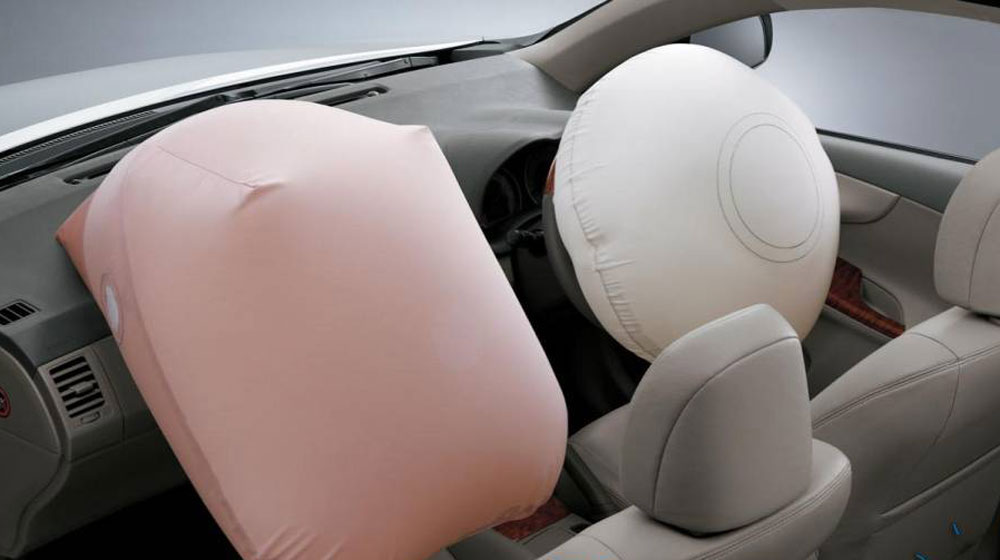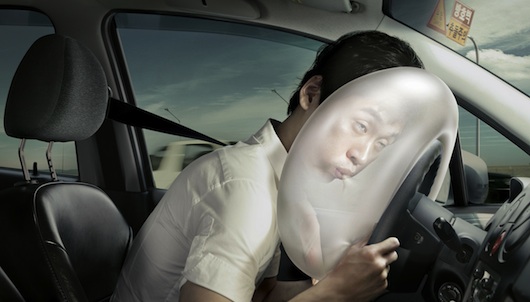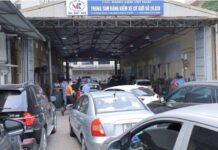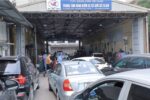An airbag is an automatically inflating bag in case of an accident to minimize the degree of injury to the person sitting in the car. Specifically, the front safety airbag is installed on new generation cars to minimize the risks of accidents related to humans, reducing injuries to the head, neck, chest, and face of the driver and the passenger sitting next to them when the car is impacted from the front.
 Not every strong collision will deploy the airbag
Not every strong collision will deploy the airbag
However, the airbag is only a passive safety device. A car equipped with airbags does not understand that it will help the person sitting in the car avoid casualties in any car accident.
In addition, some modern cars are also equipped with side airbags. These airbags will act when the car is frontally impacted into the passenger compartment with sufficient force according to the manufacturer’s design.
Basically, for the airbag to function, the electronic control unit will receive signals from sensors to determine the deceleration of the car. When the control unit receives a significant deceleration signal (collision occurs), it will provide a corresponding airbag deployment current.
The airbag deployment speed is very fast (about 10 to 40 milliseconds), thus creating an air cushion to protect the head and chest of the passenger from direct impact with the vehicle’s hardware. After protecting the passenger from the collision, the airbag will automatically deflate quickly to prevent the passenger from being trapped in the car.
In many current passenger car models, the airbag will deploy when the deceleration is at least 2 G (G: gravitational acceleration) or a minimum force equivalent to the case when the car reaches a speed of about 25 km/h and collides directly into a fixed concrete wall.
For example, when the brake is applied to slow down (deceleration). Assuming the car is traveling at a speed of 120 km/h and the brake is fully applied to stop the car completely, the maximum deceleration = 1.5 G so the 2 G deceleration required to deploy the airbag must be greater than the deceleration during sudden braking.
 Airbag deployment depends on deceleration
Airbag deployment depends on deceleration
Therefore, in some cases, after an accident, the exterior of the car may look severely damaged but the airbag did not deploy because the deceleration of the car did not reach the allowed limit to deploy the airbag. In these cases, the seatbelt system is sufficient to keep the passengers safe from serious injuries.
Therefore, in all user manuals of all car manufacturers, it is required that passengers always wear seatbelts when sitting in the car. This is also a mandatory law in many countries around the world, including Vietnam.
However, this is also the most concerning issue because many car users in Vietnam still underestimate the role of seatbelts and rarely wear them while operating the car. This also means that users have disabled the airbags.
Anh Duc (TTTD)
Source: Ford








































![[CAR REVIEW] Honda CR-V e:HEV: Perfect for Families](https://vnauto.net/wp-content/uploads/2024/02/xehay-hondacrv-14072023-1-100x70.jpg)